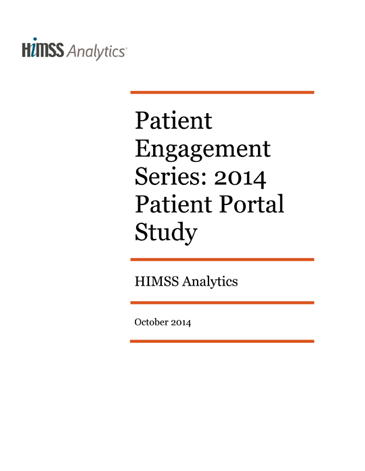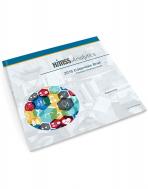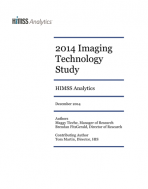Essentials Briefs

Patient portals typically come from the EMR vendor currently used by the organization. Indicates room for improvement, as IT executives did not display a high level of passion for their organization’s current solution. Highlights cultural issues within organizations as a major challenge to overall patient engagement initiatives.
Get the Study
MORE RESEARCH REPORTS
Access the 2016 Precision Medicine Essentials Brief, a study on the U.S. Precision Medicine solutions market. This study provides insight into precision medicine solution adoption and purchase intentions from healthcare delivery organizations in the U.S. market.
HIMSS Analytics has released its most recent Essentials Brief, the 2016 Year in Review and 2017 IT Application Forecasts, which provides a high level review of 2016 Essential Brief findings and our
Get a detailed look at what each Stage of the EMR Adoption Model entails. Download the PDF preview for a full overview.
The need for additional functionality was cited as the primary driver by 68% of respondents who plan to purchase a new system, upgrade or replace their current system. Just under 25% of respondents currently make images accessible via mobile devices. Approximately 50% of respondents currently utilize Enterprise Image Viewing functionality.




